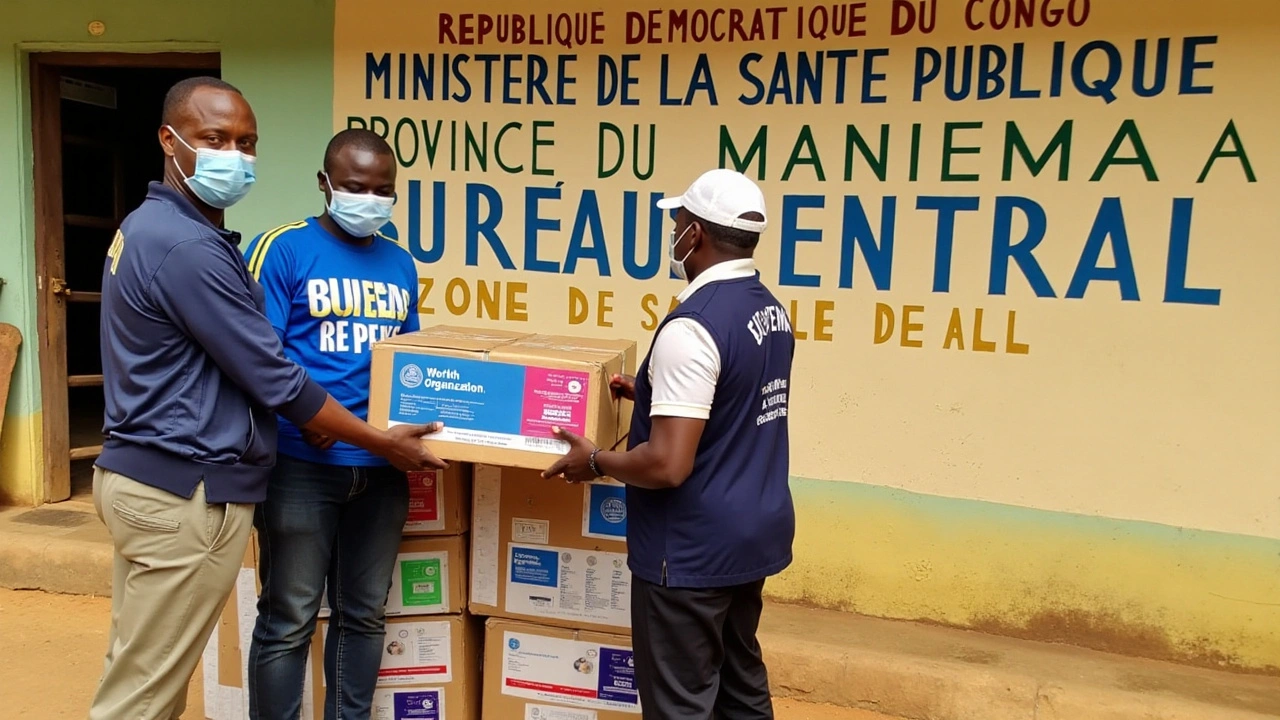Mpox — what to watch for and what to do
Mpox (formerly called monkeypox) is a viral illness that still shows up in parts of Africa and sometimes beyond. If you want quick, practical info—what it looks like, how it spreads and how to protect yourself—this page gives the essentials without the medical jargon.
How mpox spreads
Mpox spreads mainly through close, direct contact. That means touching an infected person’s rash, scabs or bodily fluids. Long face-to-face contact can spread it via respiratory droplets, but casual passing-by is less risky. Contaminated bedding, clothing or towels can carry the virus too.
Sexual contact has been a common route in recent outbreaks because it involves prolonged skin-to-skin contact. People who handle infected animals or work in healthcare without proper protection also face higher risk.
Recognise the symptoms early
Symptoms usually start 5–21 days after exposure. Early signs include fever, headaches, muscle aches and swollen lymph nodes. A few days later a rash appears—often beginning on the face, hands or genital area—and progresses to raised bumps and then pustules. The lesions can be painful or itchy and may look like blisters.
If you get a new rash after recent travel, close contact with someone sick, or after attending crowded events, don’t ignore it. A health worker can test a sample from a lesion to confirm mpox.
Most people recover in 2–4 weeks with supportive care: rest, fluids and pain relief. Severe cases can happen, especially in people with weakened immune systems, pregnant people and young children.
Treatment options are limited but improving. Antiviral medicines such as tecovirimat are used in some places under clinical guidance. Access varies by country, so follow local health advice.
Vaccines based on smallpox technology can reduce risk and are used for protection in high-risk groups and outbreak response. Availability differs across regions, so check with your local health authority for current guidance.
Practical prevention steps you can use right now: avoid direct contact with someone who has a rash, don’t share bedding or towels, wash your hands often, and wear a mask and gloves if you must care for a sick person. If you run an event or work in a clinic, set up clear isolation and cleaning rules.
Worried you might have mpox? Call your local clinic or public health line before visiting so they can prepare safe testing. If you test positive, follow isolation guidance and tell recent close contacts so they can watch for symptoms.
CottonCandi News tracks mpox stories across Africa—outbreak updates, vaccine rollouts and local health tips. Follow this tag to get fast, clear reports and practical advice as situations change. If you want help finding local health contacts or vaccine info, check your country's health department site or reach out to a clinic near you.



